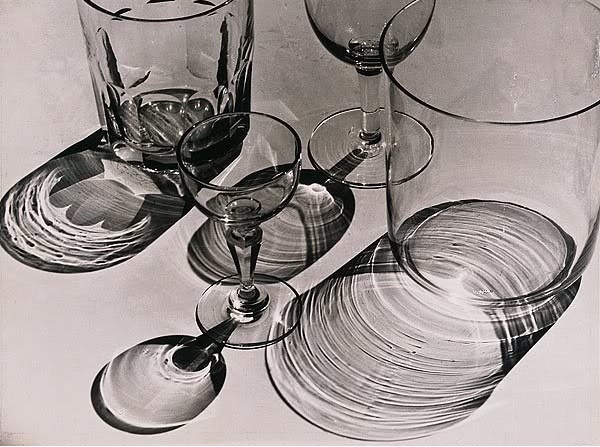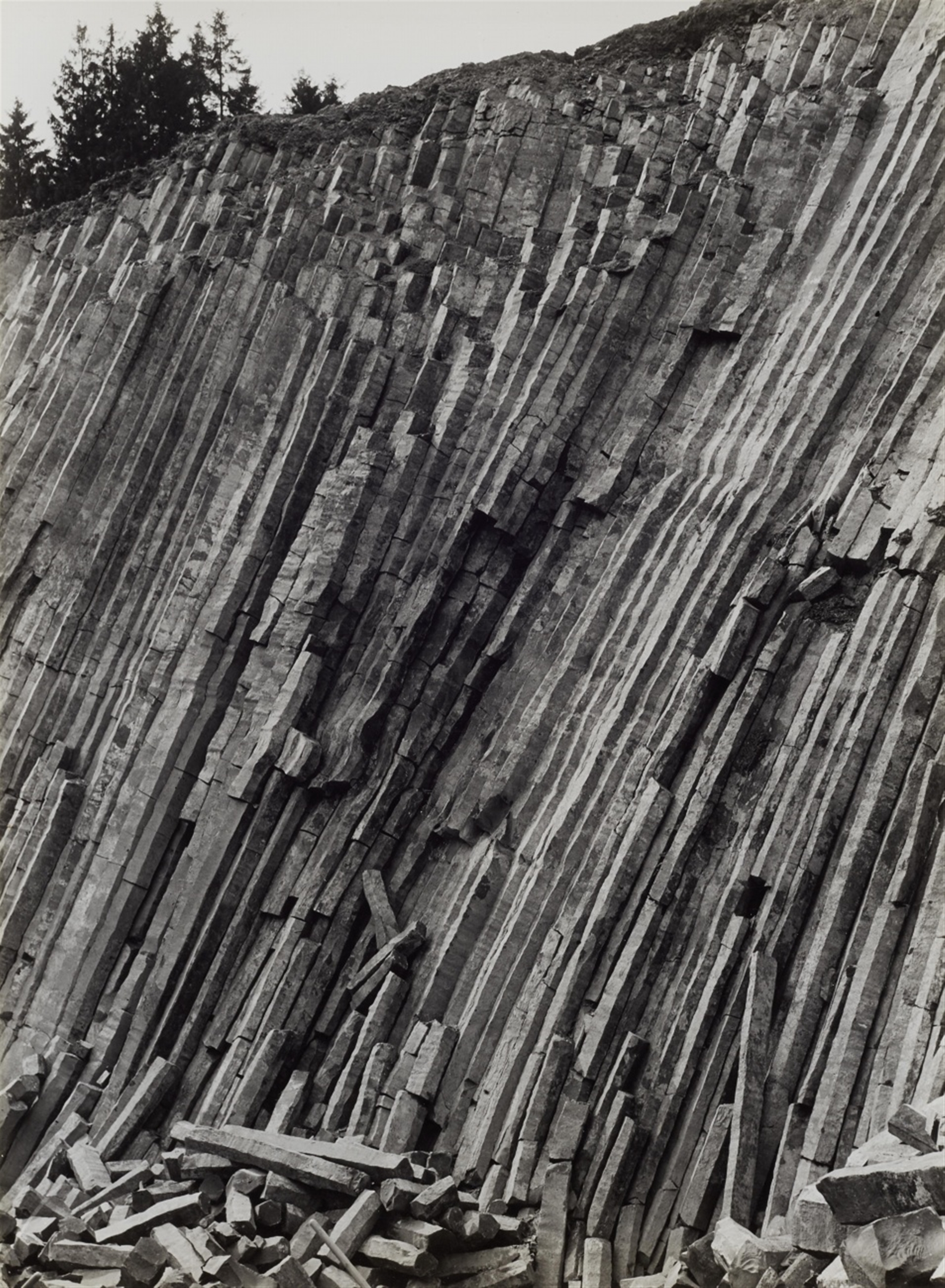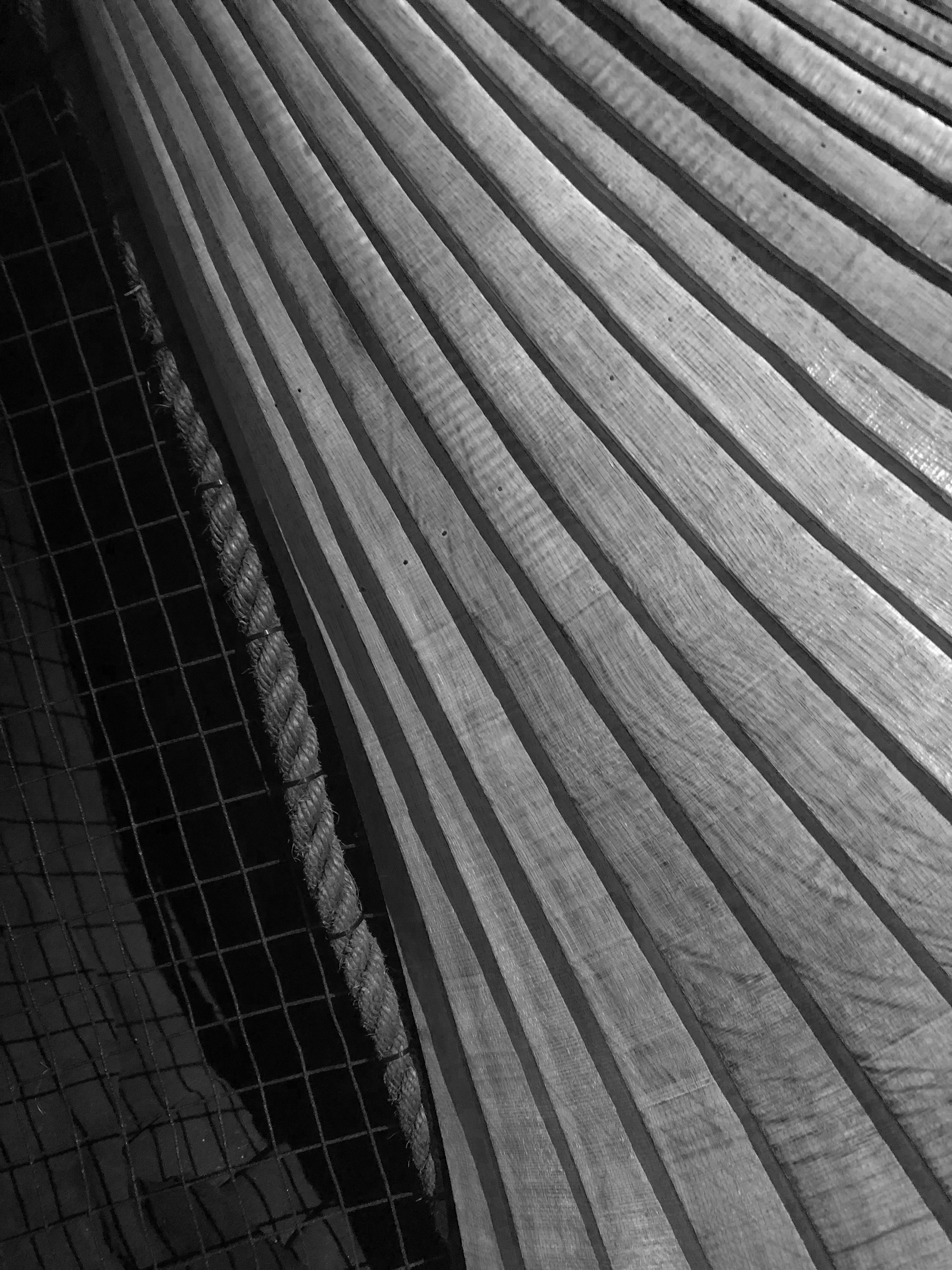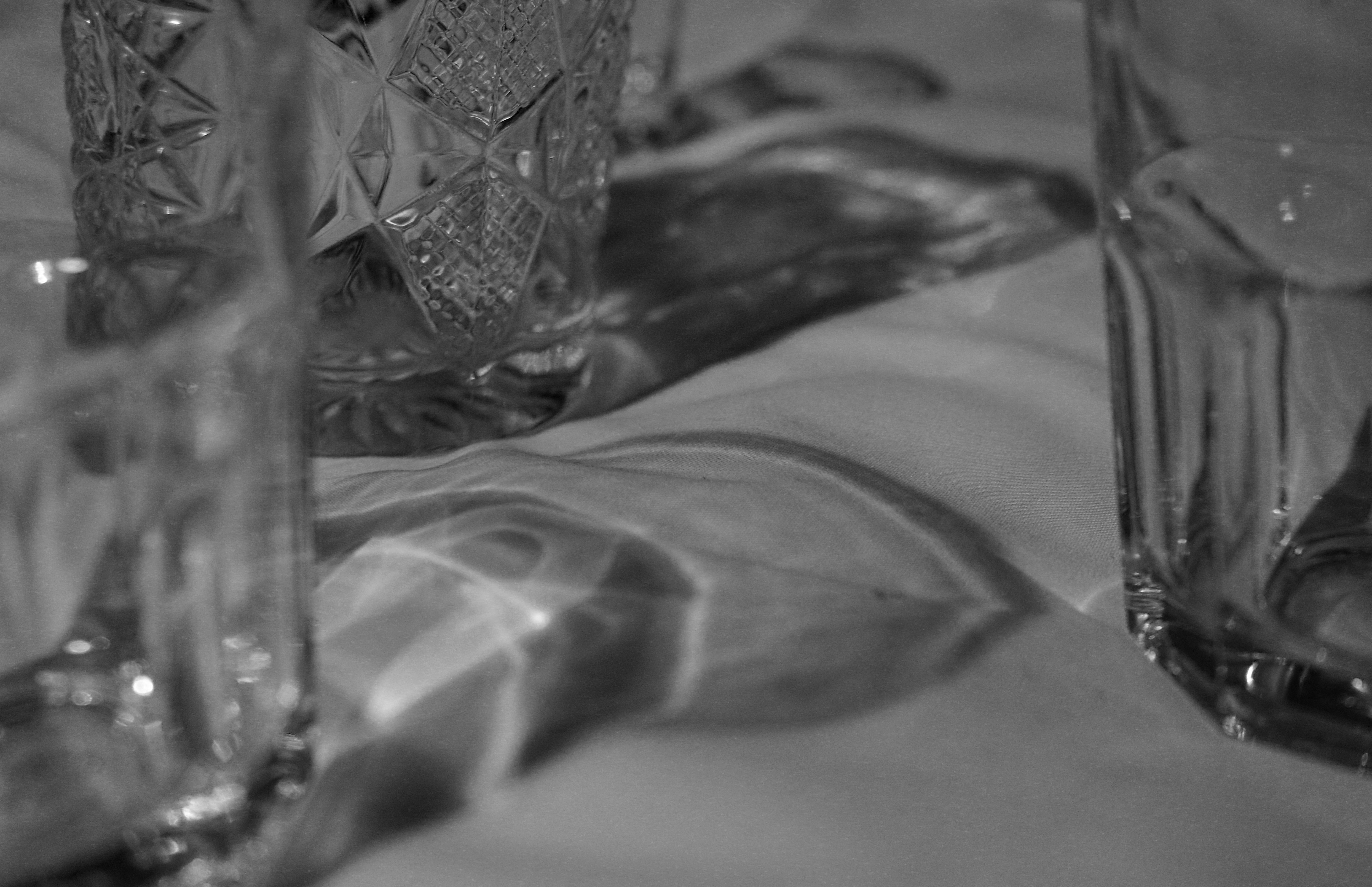Albert Renger-Patzsch was a German photographer associated with the New Objectivity.
Renger-Patzsch was born in Würzburg and began making photographs by age twelve. After military service in the First World War he studied chemistry at Dresden Technical College. In the early 1920s he worked as a press photographer for the Chicago Tribune before becoming a freelancer and, in 1925, publishing a book, The choir stalls of Cappenberg. He had his first museum exhibition in 1927.
A second book followed in 1928, Die Welt ist schön (The World is Beautiful). This, his best-known book, is a collection of one hundred of his photographs in which natural forms, industrial subjects and mass-produced objects are presented with the clarity of scientific illustrations. The book’s title was chosen by his publisher; Renger-Patzsch’s preferred title for the collection was Die Dinge (“Things”).
In its sharply focused and matter-of-fact style his work exemplifies the esthetic of The New Objectivity that flourished in the arts in Germany during the Weimar Republic. Like Edward Weston in the United States, Renger-Patzsch believed that the value of photography was in its ability to reproduce the texture of reality, and to represent the essence of an object.
In reponse to Renger-Patzsch, I have Taken photographs which experiment and focus on: focus, line, and the theme of object. For this I have used a school camera with a high zoom lens, and my own camera which has a regular lens.
What I most enjoy about Renger-Patzsch’s images is that they focus more on the line and aesthetic of the objects, and feature almost no other concepts. This allows the viewer to subjectively fabricate their own conclusion about the intentions behind the images.


 3 Images By Albert Renger-Patzsch
3 Images By Albert Renger-Patzsch
Best Outcomes From Response






